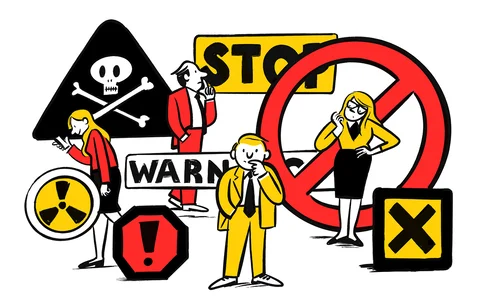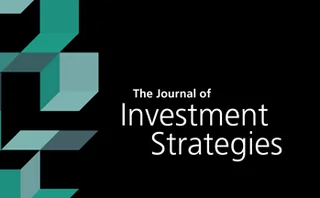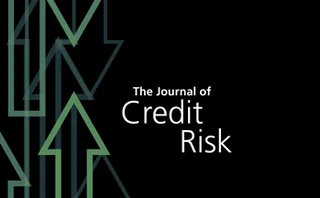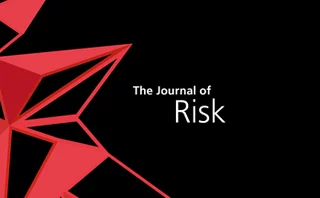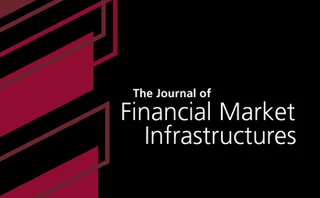Financial crisis
Apac bank boards: light on risk experience
Survey of 24 large Apac bank board risk committees shows dearth of risk managers
Blazing new analytical paths: Tackling data aggregation for new risk insights
As the risk function’s influence continues to grow within financial services firms, demand for quality integrated risk data to support a wider range of business-critical decisions is stretching the capabilities of existing technology to breaking point. A…
Does credit risk need an expected shortfall-style revamp?
Quants propose tail risk-sensitive measure for counterparty credit risk
Broadening horizons – Expanding global presence to explore technological opportunities
As institutions increasingly focus on streamlining their operations within markets in which they are comfortable and established, BNP Paribas Securities Services is breaking the mould, investing in innovative technologies and making itself seen and heard…
Competing against Sifis ‘leads to higher risks’
But research finds weaker implied sovereign support reduces impact on non-Sifi competitors
Winning investment strategies based on financial crisis indicators
The aim of this paper is to create systematic trading strategies built around several financial crisis indicators, which are based on the spectral properties of market dynamics.
Bank risk, bank bailouts and sovereign capacity during a financial crisis: a cross-country analysis
This paper analyzes the competitive effects of government bailout expectations on bank risk using a sample of banks in OECD countries from 2005 to 2015.
A three-state early warning system for the European Union
In this paper, the authors develop an early warning system for forecasting a financial crisis of the magnitude of the 2007–8 crisis for the European Union (the EU14).
EU banks cut €67 billion in non-performing loans
Greece remains the country with the highest NPL ratio, at 45%, followed by Cyprus at 34%
Global bank equity levels returned to growth in Q1
Bank equity level increased by $87 billion in the first quarter
Lehman’s ghost: how three CCPs anchor models to crash
The Lehman crash still haunts the margin models of LCH, CME and Eurex, albeit in different ways
Structural changes in the interbank market across the financial crisis from multiple core–periphery analysis
In this work, the authors employ the KM–ER algorithm to characterize the internal organization of eMID.
Counterparty risk, MVA and interdealer rankings
The week on Risk.net, September 1-7, 2018
Benefits and risks of central clearing in the repurchase agreement market
In this paper, the authors quantify the potential direct economic benefits to market participants and increased risks to CCPs of moving bilateral repo transactions between US dealers and their nondealer clients to CCPs.
Financial risks don’t go on holiday
Better mapping of financial system would help avoid seasonal surprises, argues Andrew Lo
Why the FRTB remains critical
Critics of the Basel Committee’s Fundamental Review of the Trading Book are wrong, write John Beckwith and Sanjay Sharma
If regulations don’t bend, they’ll break
Financial regulation should be adaptive, not reactive, argues Andrew Lo
UK bank funding costs spike in Q1 – BoE
Total term debt issuance is around 60% higher this year to date than at the same points in 2016 and 2017
Asian NDF fixings threat signals yet another deadline drama
Extraterritorial reach is not new to region, but EU Benchmarks Regulation poses real risks
Global banking sector equity surged in 2017
Surplus of assets over liabilities increased 17% in the year – BIS data
Model risk in the transition to risk-free rates
Transition is an opportunity to reduce multi-rate complexities, say Bakkar and Brigo
Measuring system-wide resilience of central counterparties
This paper describes the three components needed to simultaneously stress clearing members and CCPs across markets: scenario generation, evaluation of the profit and loss (P&L) of clearing member portfolios for each scenario, and default of clearing…
Consumer risk appetite, the credit cycle and the housing bubble
In this paper, we explore the role of consumer risk appetite in the initiation of credit cycles and as an early trigger of the US mortgage crisis.
